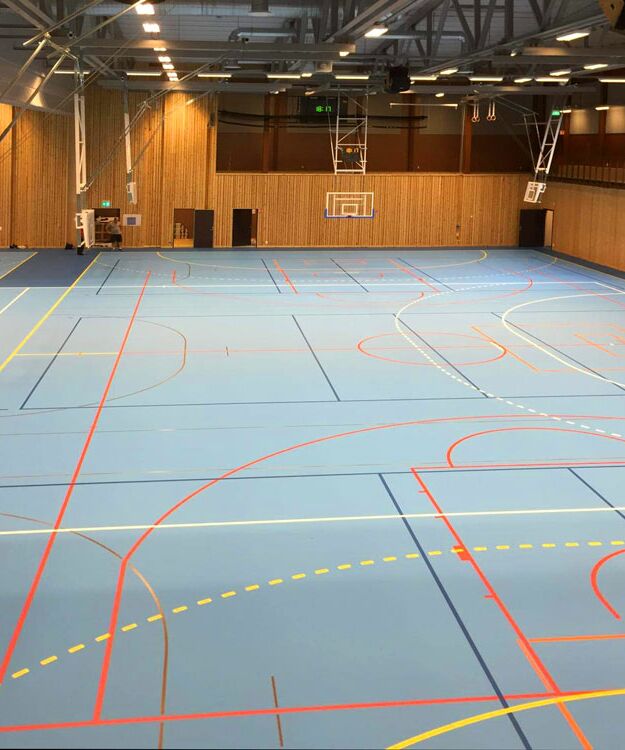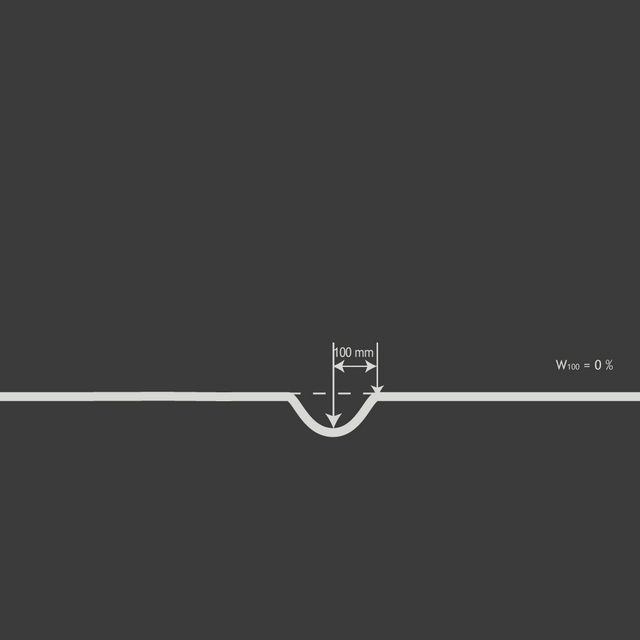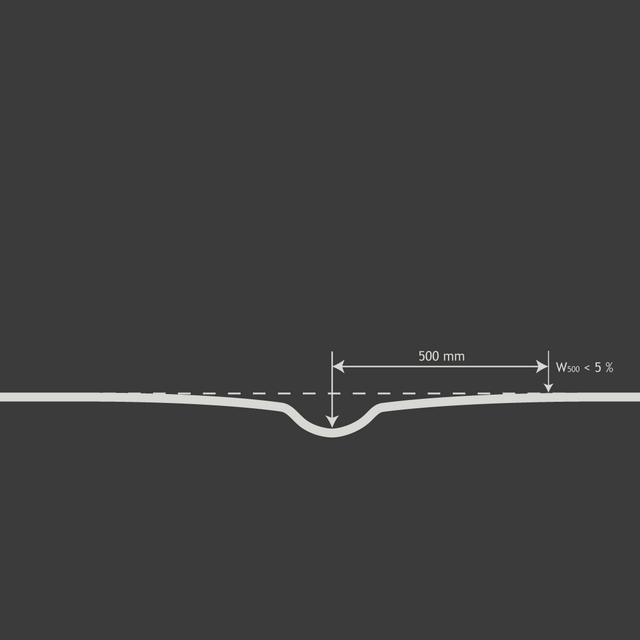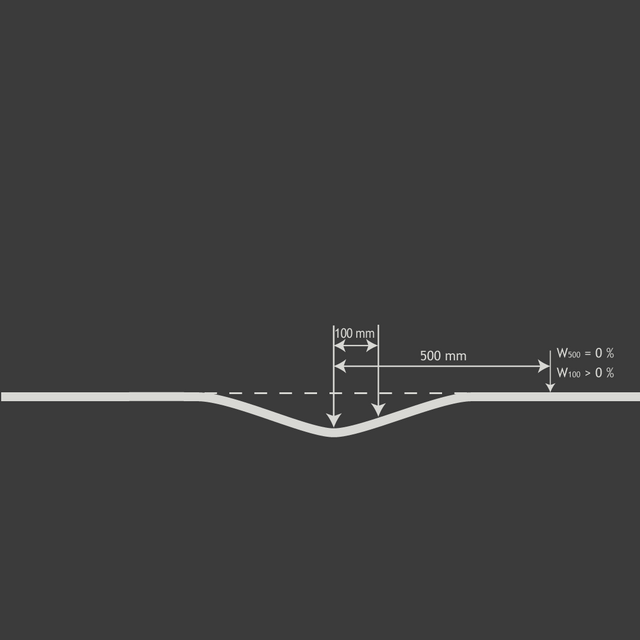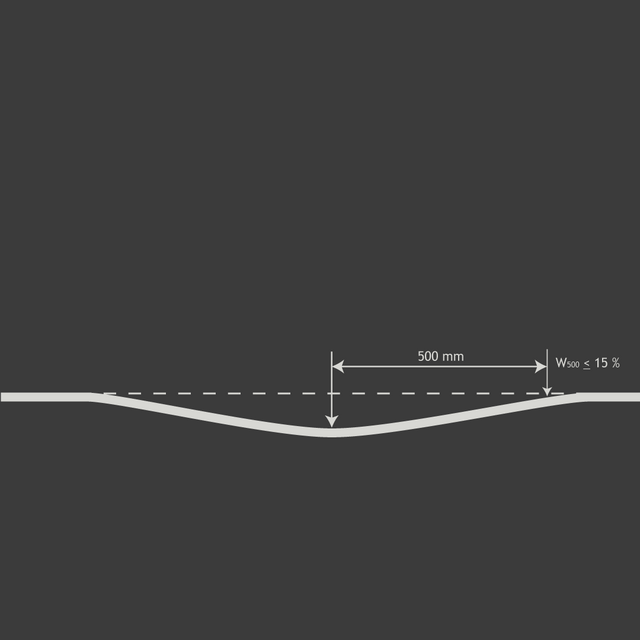- Sports & Fun
- Gyms
Which sports floor is the right one in the sports hall?
Four different levels of elasticity are available for sports halls. The deformation of the floor when a force is applied results in the type of elasticity, which is tested according to the DIN standard. The pre-standard DIN V 18032-2 describes the requirements of the sports-functional, protective-functional and technical properties of the sports floors in sports halls and their testing. These include the four elasticities.
